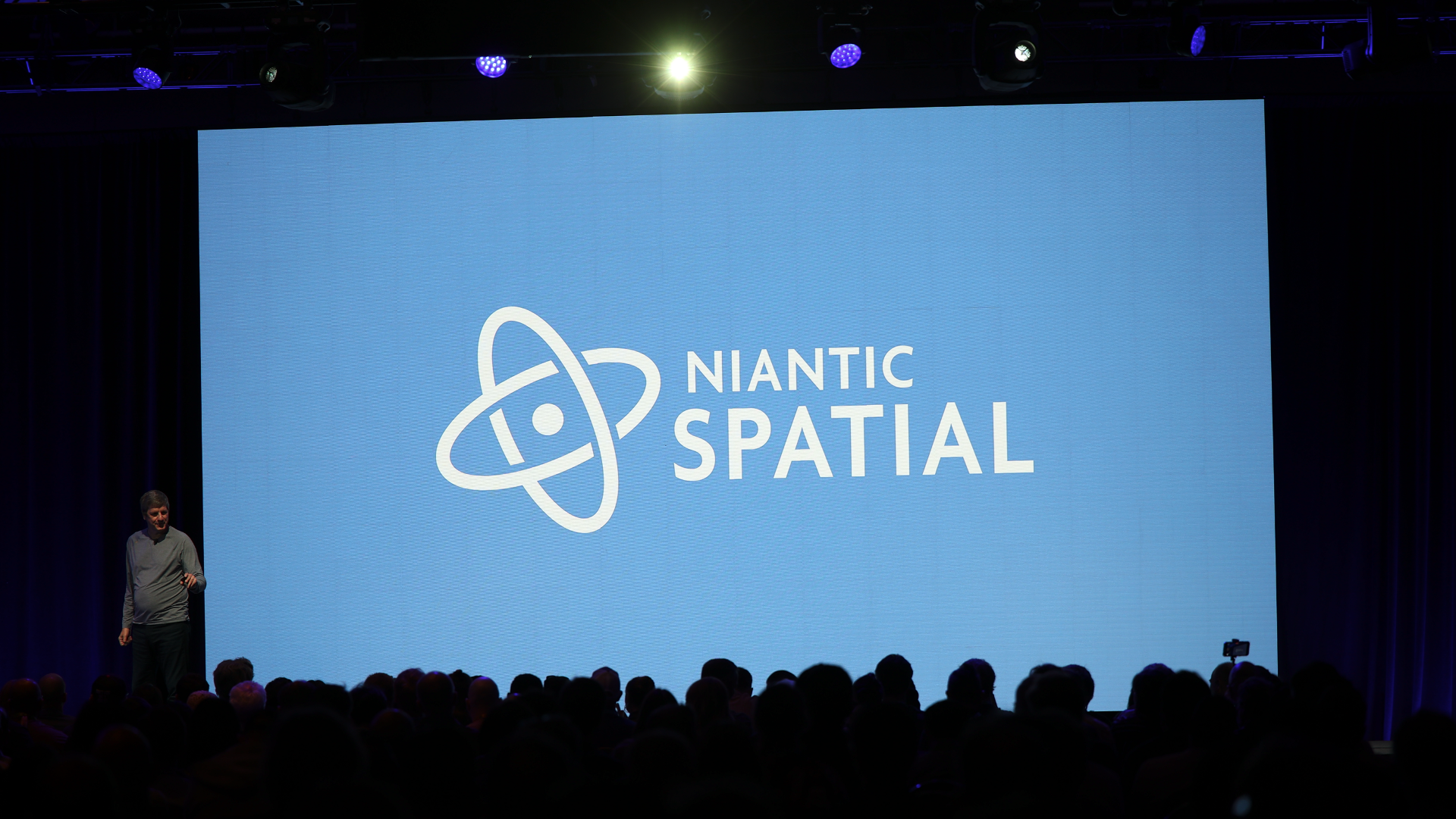Welcome back to AWE Talks, our series that revisits the best AWE conference sessions. With AWE USA 2025 just around the corner, we're getting the juices flowing with the most impactful and evergreen talks of the past year.
We continue the action this week with a return to a perennial topic in XR: 3D file formats. What are the pros and cons of having several purpose-dependent formats, and how can we work towards interoperability?
See the summarized takeaways below, along with the full session video. Stay tuned for more video highlights each week and check out the full library of conference sessions on AWE’s YouTube Channel.
Speakers
Neil Trevett
Ashley Crowder
Henrik Edstrom
Aaron Luk
Speakers
Neil Trevett
Ashley Crowder
Henrik Edstrom
Aaron Luk
Key Takeaways & Analysis
– 3D assets are the building blocks of XR, from social lenses to enterprise digital twins.
– Interoperability of 3D assets is of vital importance to anyone creating and deploying XR.
– This becomes a challenge because there are several formats that shine in specific areas.
– That's not necessarily a bad thing because formats will suit needs of users across fields.
– For example, fashion designers may use different 3D formats than industrial enterprises.
– But the challenge becomes establishing standards and interoperability across the board.
– This is what the Metaverse Standards Forum does, led by industry veteran Neil Trevett.
– Though there are so many 3D file formats for all the above reasons, 2 are leading.
– USD was started at Pixar and is an established format for complex 3D models and scenes.
– GLTF is a lighter-weight standard that carries the advantage of being web-compatible.
– Each has advantages, underscoring the argument for having purpose-dependent formats.
– There's precedent for this, such as several leading image formats (e.g., jpeg, png).
– The same goes for audio files (e.g., WAV, Mp4,) and many other media types.
– Many XR proponents believe that there shouldn't be a hundred standards, but a few.
– It's an open question how many formats is the sweet spot, so the key is interoperability
– Consolidating formats en masse is impractical, making interoperability the way forward.
– That brings us back to the Metaverse Standards Forum, and the need for standards bearers.
– This will continue to be a moving target as XR advances, but the right steps are underway.
For more color and depth, see the full panel discussion below...
Want more XR insights and multimedia? ARtillery Intelligence offers an indexed and searchable library of XR intelligence known as ARtillery Pro. See more here.



